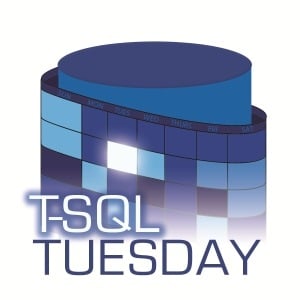Phew! There’s a lot to take in with data types, collation, precision, scale, length, and Unicode, and we’re just getting warmed up. This week’s post is over 2,000 words long!
Over the last three weeks, we’ve gone fairly deep into data types, and now we are going to see how they come into play with normalization.
If we go back to the first post in this series, I mentioned normalization, and then apparently I forgot about it in the next two posts. What you didn’t see is that I was talking about it all along.
A First Look At Normalization

